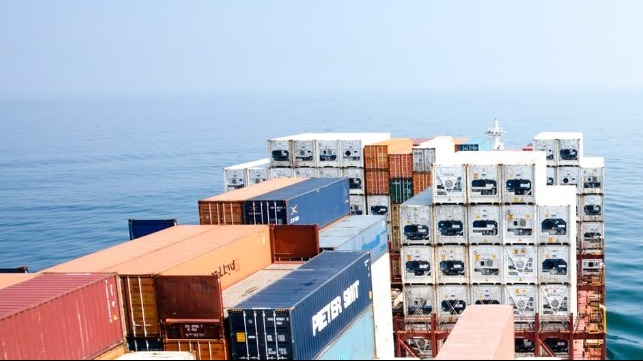MPC Container Ships Seeks Approval for Recapitalization Plan

MPC Container Ships is seeking approval from its bondholders and lenders for a recapitalization plan designed to improve liquidity and provide the company time to optimize its fleet and position for an anticipated market recovery. The company, which operates 68 feeder container ships ranging between 1,000 and 3,000 TEU, said that it needs the approval of the plan or that it might be forced into bankruptcy and the sale of its assets.
Saying that the ongoing COVID-19 pandemic has had, and is expected to continue to have a significant negative impact, the company experienced a sharp decline in cargo volumes. Idle container ship capacity they estimated in their filing to the bondholders has increased for approximately 6 percent at the end of 2019 to more than 11 percent in mid-May and feeder charter rates are down 26 percent and continue to decline.
The restructuring and recapitalization plan is designed to strengthen the company’s balance sheet and bridge the short-term liquidity requirements. The key components include $15 million in new cash equity plus additional cash equity from any subsequent repair issue. The company is also seeking amendments for its bonds, including waivers, extended maturity, and payment-in-kind interests.
Without these actions, the company warns that the market situation is expected to adversely impact its ability to be in compliance with financial covenants in its bonds and other financial arrangements. Based on current financial forecasts the company projects it will breach its minimum liquidity covenant in July and face an operational liquidity short-fall.
MPC Container Ships commenced operations in April 2017 and has since grown into one of the largest owners of container feeder vessels with an estimated 15 percent market share. In May, the company reported a net loss of nearly $11 million on operating revenues of $46 million. Commented at the time, CEO Constantin Baack said, “The rapid spread of COVID-19, the preventative measures imposed in various countries to counter the pandemic and the inevitable impacts on containerized trade of goods have lead economic conditions to deteriorate significantly compared with our expectations at the end of 2019. The severity and fluidity of the situation makes it challenging to anticipate the timing and shape of a recovery."
While some of the larger shipping lines and the ports have recently said they see signs of a leveling off in the declines due to the global economic downturn, many of the smaller companies have been placed under increasing pressure leading to projections of a reorganization in the sector.
